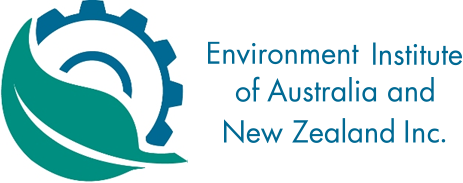-
Member Login
- Home
- About
- Institute Groups
- Membership
- Events
- News & Publications
- Institute Programs
- Resources
- Jobs Board
- Contact Us
- Site Info
Contribute to good practice in scoping in impact assessment
Scoping is the process of defining the matters that must be addressed in an impact assessment, including how, and the extent to which, those matters should be assessed. In a statutory process, it results in a set of guidelines or terms of reference for the assessment. Effective scoping ensures the assessment focuses on key impacts and addresses community concerns. Poor scoping results in longer, more costly assessments and large unfocused documents that inhibit community review.
The EIANZ Special Interest Section on Impact Assessment (SIS-IA) is concerned that scoping is not undertaken in Australia and New Zealand as effectively as it should. Common concerns raised by impact assessment practitioners include:
A lack of focus on the issues that matter
- The use of an overly risk averse approach that includes insignificant issues just in case they may be raised later in the process
- Failure to consider the characteristics of the proposed development and the site context
- Undertaking scoping too late in the project when key project decisions have already been made
- Lack of guidance on regulatory standards and requirements
- Failure to recognise other decision making processes that follow project approval
- A lack of public input to the scoping process.
The SIS-IA has developed a draft paper that discusses the main issues raised about scoping and proposes a set of guidance statements on what represents good practice in scoping. These address recognising project context; ensuring sufficient focus, rigour and flexibility in the scoping process; and providing for a consultative process with stakeholders. The paper suggests the proposed content of a good practice scoping document.
To assist further development of the draft paper, the SIS-IA has developed a five minute survey to test practitioner views on scoping.
The survey and the draft paper can be found here.
The SIS-IA invites comments on the draft paper by 15 December 2015 and the survey will also remain active until that date. This is an important opportunity for impact assessment practitioners to contribute to defining good practice as this will then form the basis of our advocacy work with government and other stakeholders.
We acknowledge and value the rights and interests of Indigenous Peoples in the protection and management of environmental values through their involvement in decisions and processes, and the application of traditional Indigenous knowledge.

